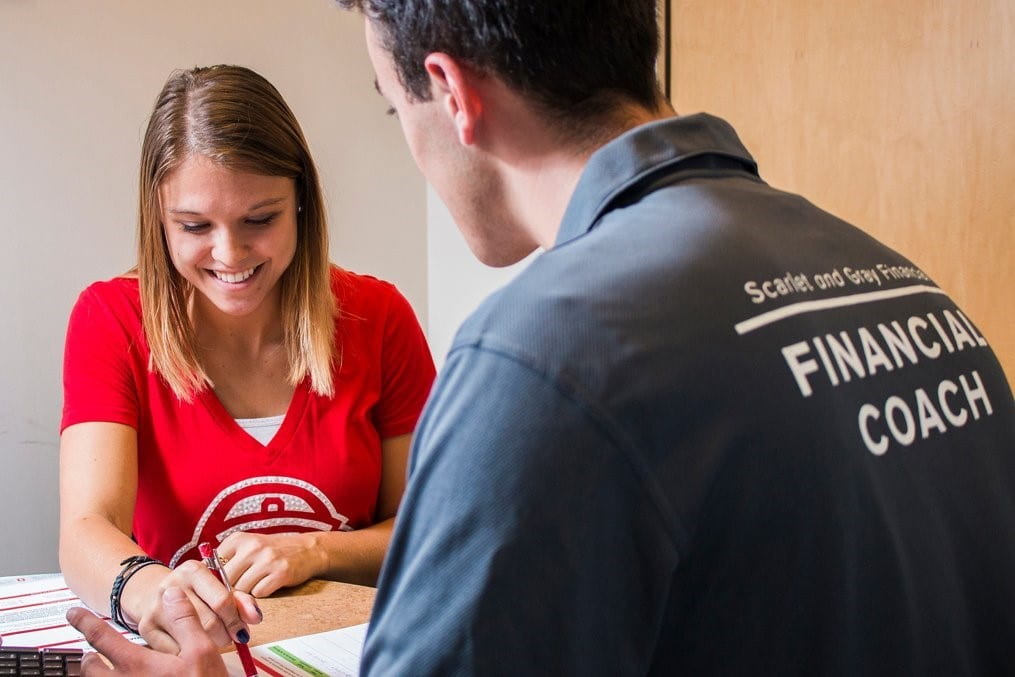It seems like in today’s world everything revolves around technology in some way or another. One area that has been completely revamped is the academic field. In the last few years, students have had to completely rethink the way they go about their academics due to online classes and zoom meetings brought on by the COVID-19 pandemic.
Reliance on technology for studying can come with many unwanted distractions, so make sure to check out these five simple tips for improving your digital wellness.
First off, do your best to remove all unnecessary devices from your study space.
Research shows that even if you resist the temptation to check your phone, the thought alone that a notification might come in can lower your productivity. Putting your phone somewhere out of reach is the best way to ensure that it will not be a distraction.
Completely removing your cellphone is certainly no easy task. If you are struggling with the idea, make sure to put your phone on silent and do not disturb mode. This will make sure that you will not be tempted to check your phone after hearing a notification come in.
Looking at your phone for even a split second could be harmful to your productivity. Studies have found that after picking up your phone the first time, you have a 50 percent chance of picking it up again within the new few minutes. Try only checking your phone during designated breaks.
That brings us to the next tip, creating a study schedule. Designating time for active studying and separate time for taking breaks will make sure you stay on track.
One study schedule to try the Pomodoro study method. This method consists of choosing a total amount of time that you want to dedicate to studying and then breaking that time down into separate Pomodoro sessions. Each Pomodoro will consist of actively studying for 25 minutes and then taking a 5-minute break. After completing 4 Pomodoro sessions, give yourself a longer break of about 20-30 minutes.
Along with following a set study schedule, ensuring that your study space is well organized can be crucial to staying productive. One tip for setting up your space is to use the CLEAR method.
- Step one is to clear your desk of anything that you will not need while studying.
- Step two is lifting your computer up to avoid tension.
- Step three involves eliminating all distractions.
- Step four is to activate one designated study space in your living area.
- Step five is refreshing your study space by adding a natural element such as a plant.
Are you finding yourself getting tired of your current study space? Switch it up! Studying in the same spot everyday can get tiring fast so make sure to explore all the different study spaces Ohio State has to offer.
Finally, remember that not everything about electronics is harmful to a productive study session. There are so many ways to put those electronics to good use! Take some time to explore the thousands of studying apps that exist, check out online planners and calendars that can help you stay organized and on schedule, and find ways to connect with others on Zoom for digital study sessions.

References:
- https://cnc.bc.ca/services/prince-george/testing-tutoring/student-support-advice/pomodoro-technique
- https://www.goingmerry.com/blog/study-tips-for-college/
- https://beyond.wiley.com/resources/digital-wellness
-Kayla Miedrzynski, Body Project Student Assistant



